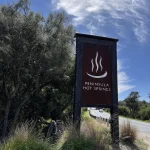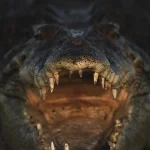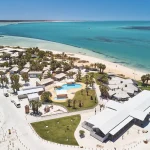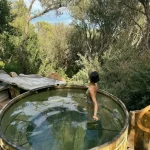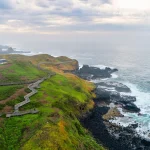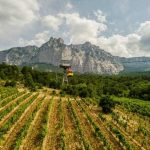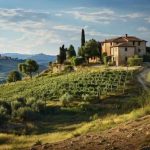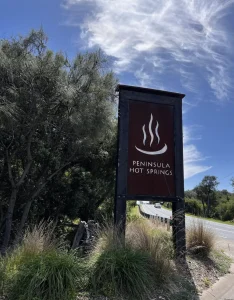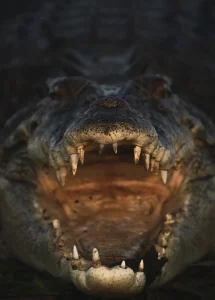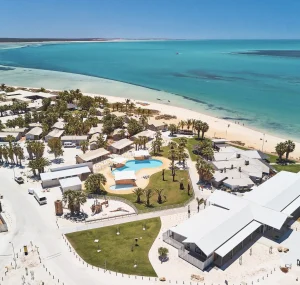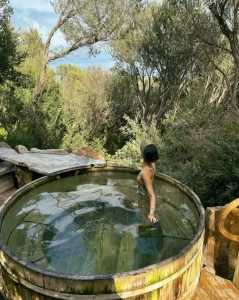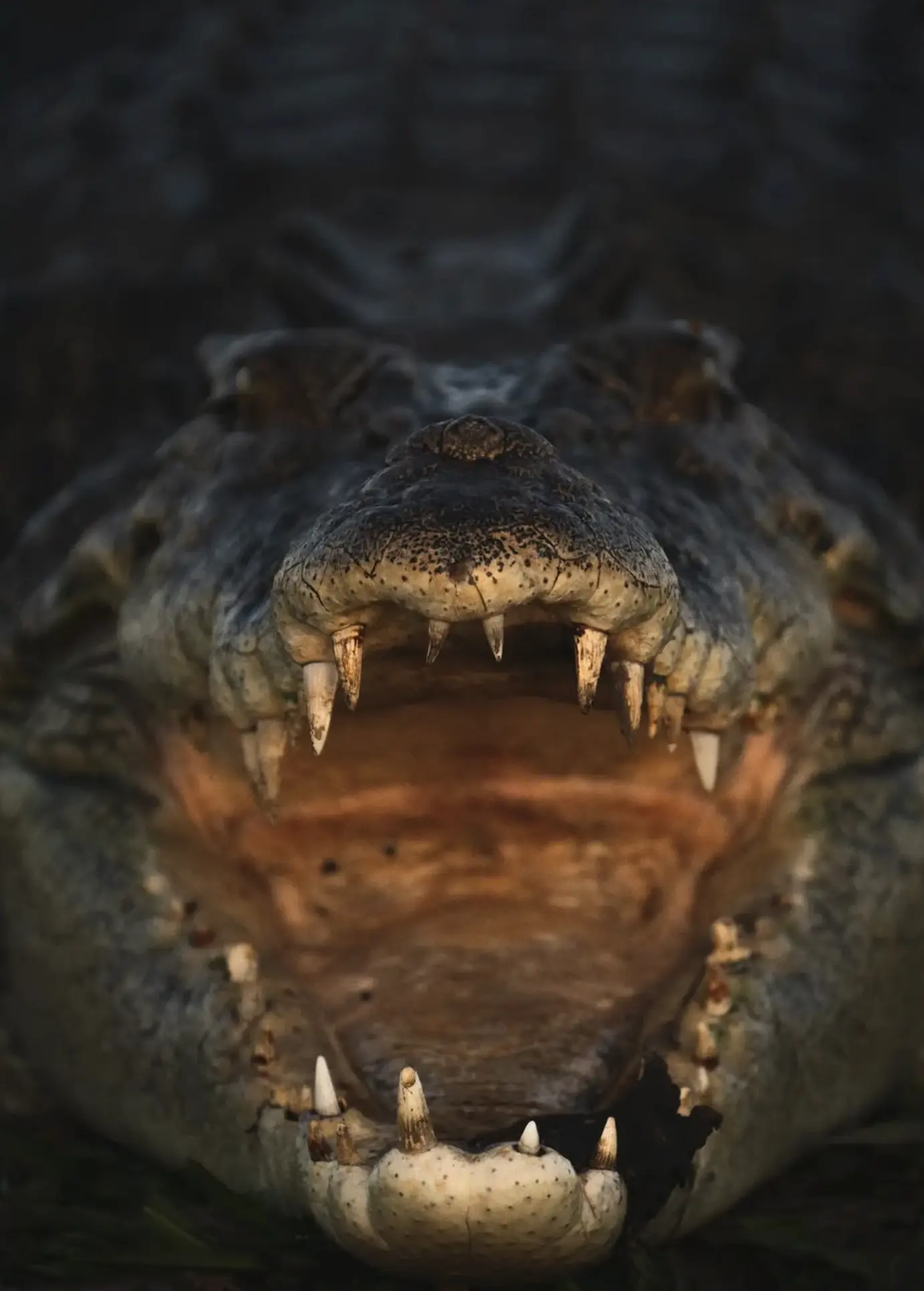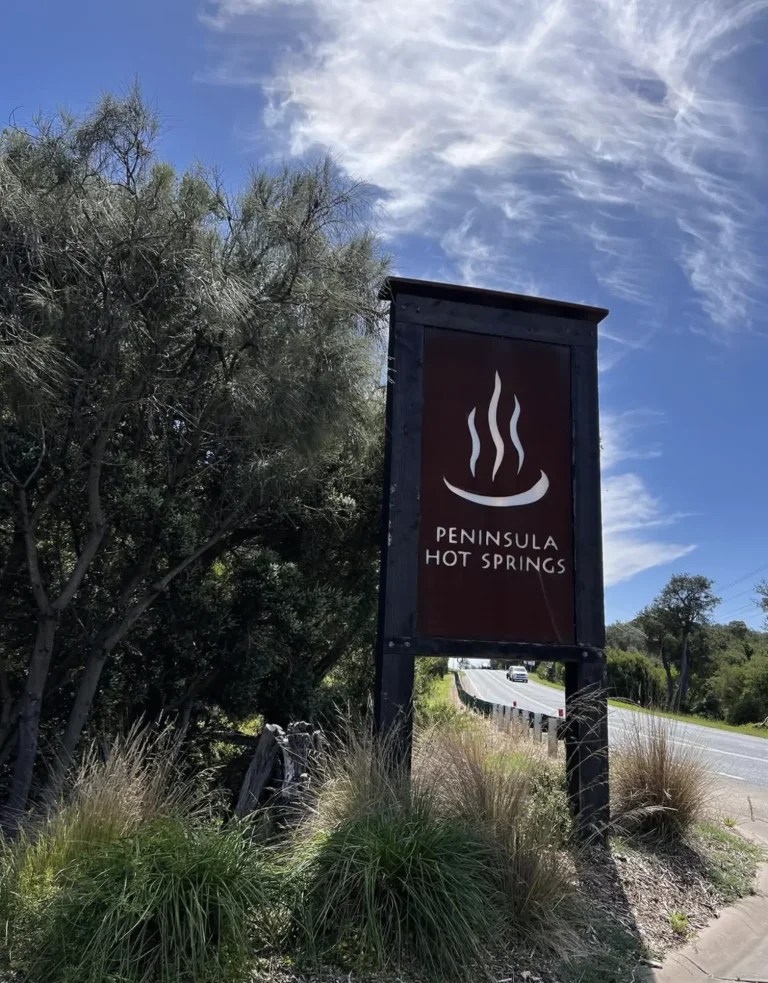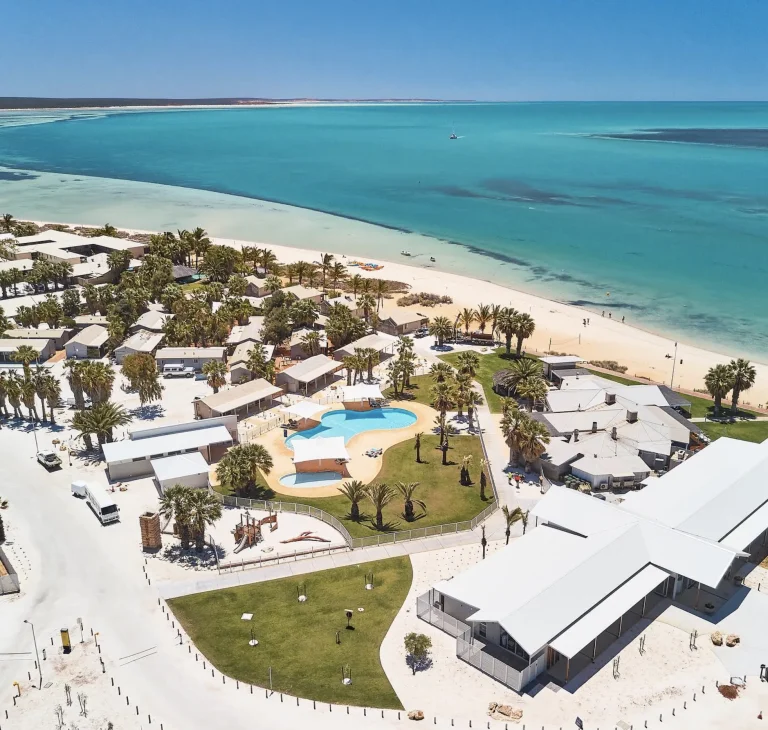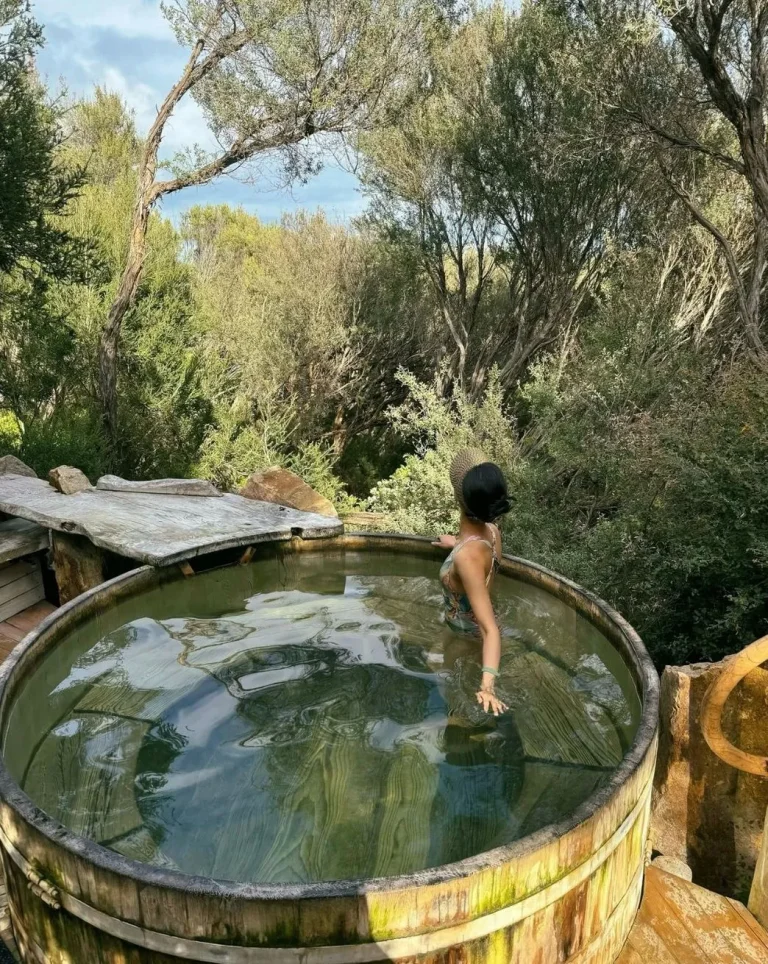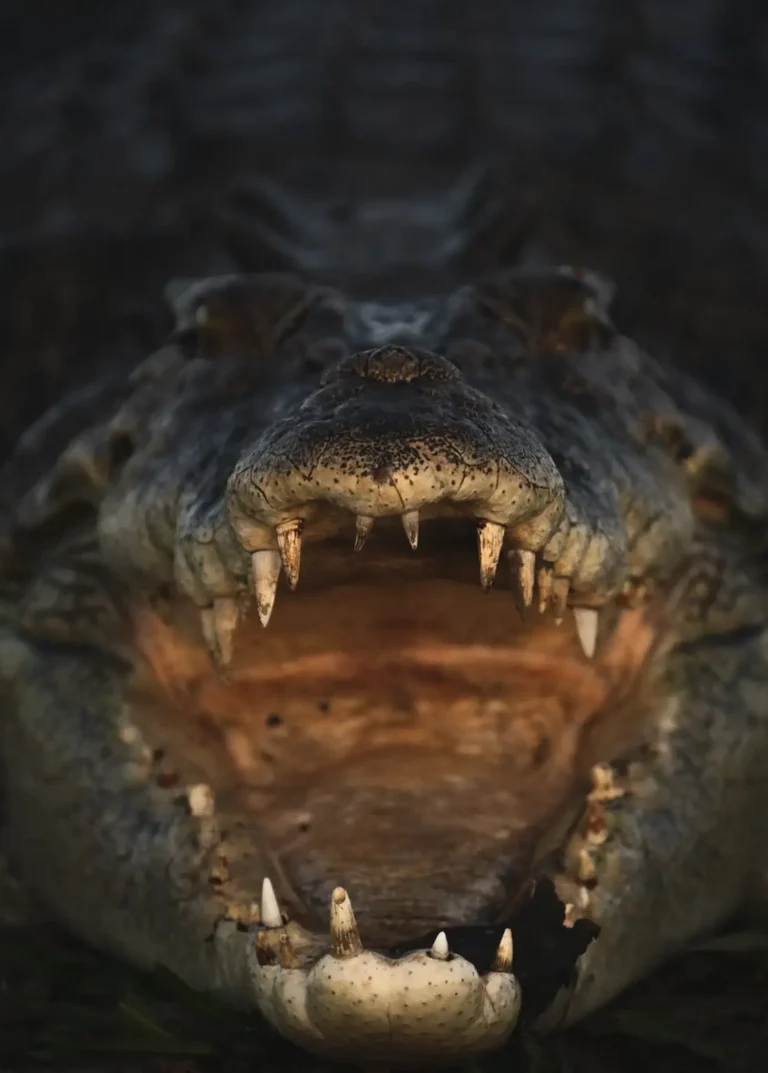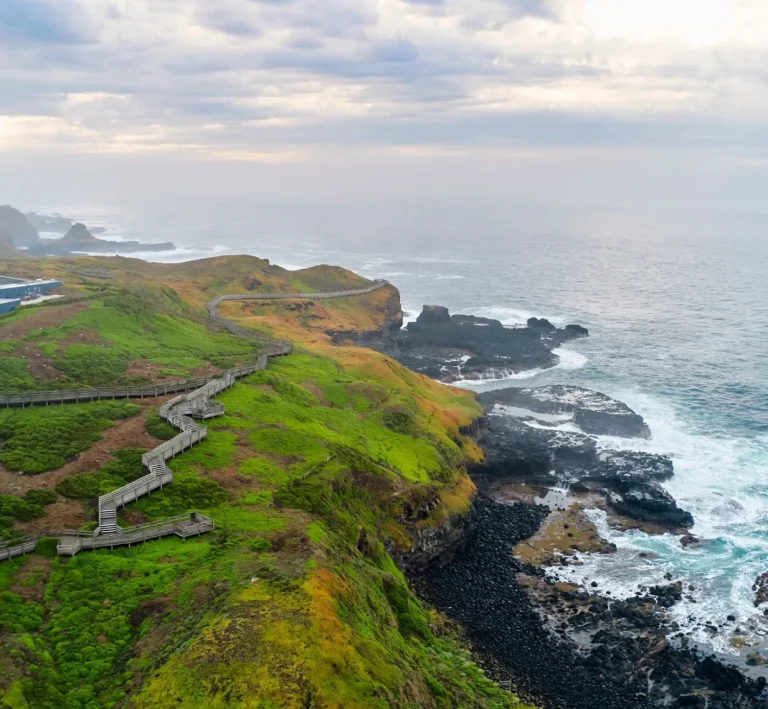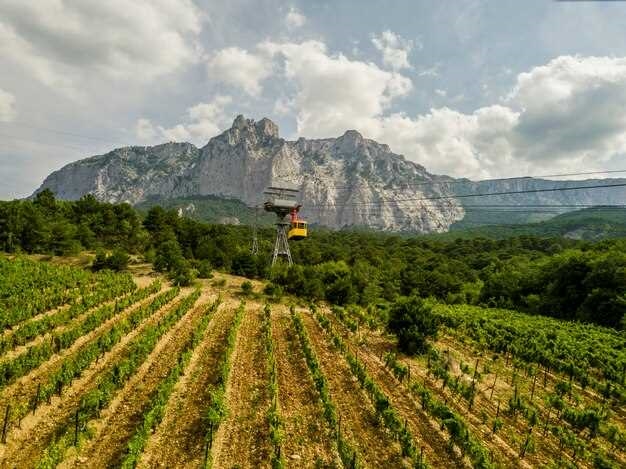Kakadu National Park, a UNESCO World Heritage site in Australia’s Northern Territory, is a treasure trove of natural values, cultural significance and biodiversity. Bigger than Slovenia, it’s home to many different ecosystems, including wetlands, monsoonal rainforests, savannahs, and rocky escarpments. These habitats support a diverse ecological community of native and endemic species, from tiny insects to massive reptiles like the freshwater crocodile.
But this amazing park is under threat. Several species are now critically endangered. This blog looks at Kakadu’s endangered species, the threats they face, and the conservation strategies that are in place to protect its wildlife and aquatic habitats.
To experience this remarkable region firsthand, consider joining a 2 Day Kakadu Tour, where expert guides can provide insight into the park’s fragile ecosystems and ongoing conservation efforts.
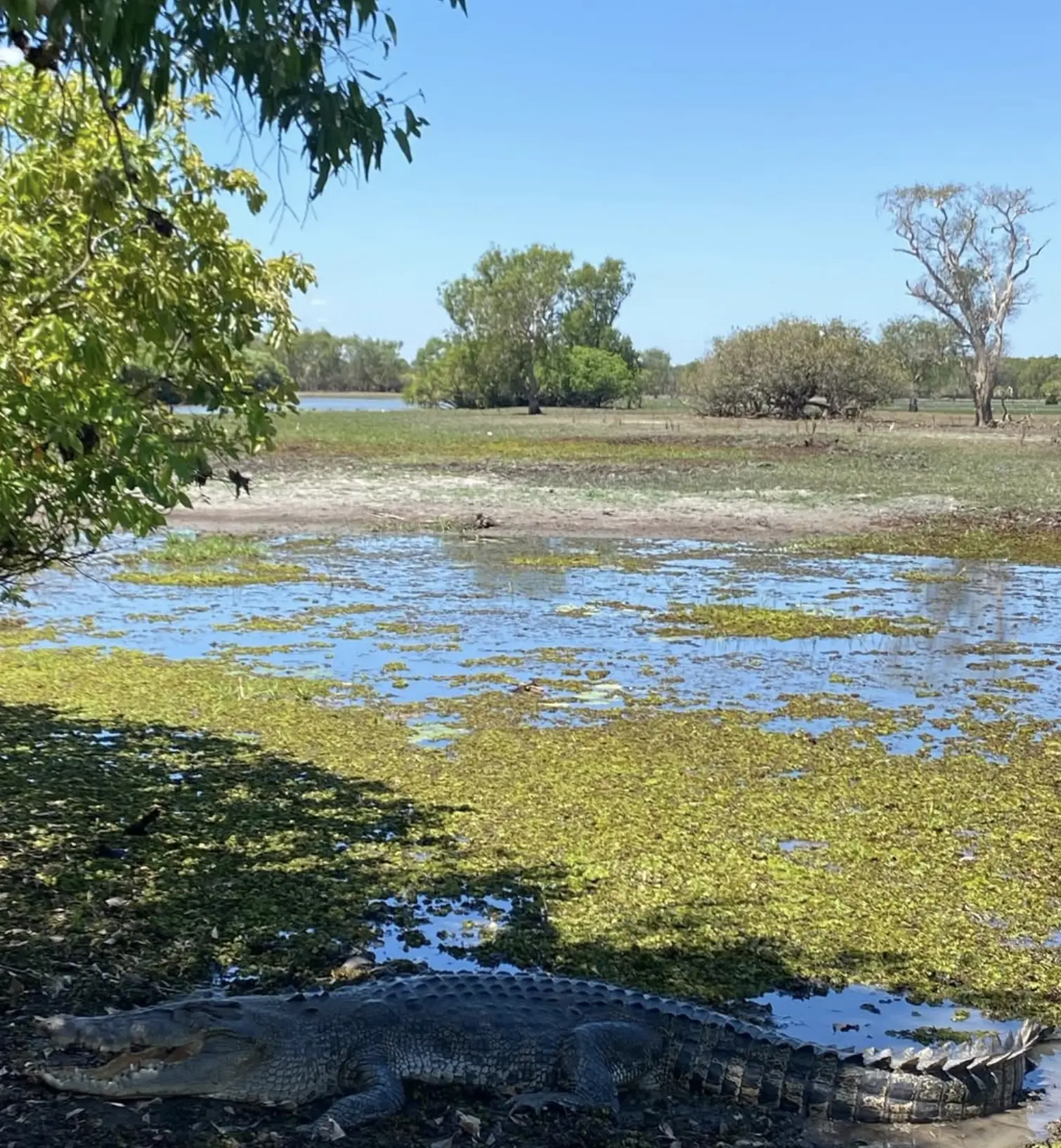
Kakadu’s Biodiversity
Kakadu is a biodiversity hot spot with:
- 280 bird species, migratory shorebirds and rare stork species.
- 117 reptile species, freshwater crocodiles and marine turtles.
- 74 mammal species, mammal species richness has been impacted by feral animals and habitat loss.
- 50 frog species, wet season aquatic habitats.
- Over 2,000 plant species, savannah grasses to ancient rainforest.
The park’s natural and cultural values make it a priority for conservation for its wildlife and the Indigenous people who have been connected to the land for over 65,000 years.

Endangered Species in National Park
Kakadu is home to several endangered species:
1. Northern Quoll (Dasyurus hallucatus)
This small marsupial is threatened by habitat loss and competition from feral animals like cats. The arrival of cane toads whose toxins are deadly to quolls has accelerated their decline. Conservation efforts are focused on creating cane toad free habitats and predator control.
2. Gouldian Finch (Erythrura gouldiae)
This bird is famous for its beautiful plumage and relies on Kakadu’s grasslands for survival. Altered fire regimes during the dry season and the spread of gamba grass an invasive plant have decimated its numbers. Restoration of native vegetation and improved fire management is helping its recovery.
3. Freshwater Sawfish (Pristis pristis)
This critically endangered fish lives in Kakadu’s rivers and wetlands where it’s an important part of the aquatic community. Threatened by habitat degradation and fishing it needs pristine aquatic habitats to survive.
4. Arnhem Leaf-nosed Bat (Hipposideros inornatus)
A rare species, this bat relies on undisturbed caves and rainforests., and urbanisation are reducing wildlife space Mining and climate change have put it at risk. Preserving its roosting sites and surrounding ecosystems is key to its survival.
5. Marine Turtles
Kakadu is a critical nesting and feeding ground for marine turtles, green and flatback turtles. They are threatened by pollution, entanglement in fishing gear and predation of eggs by feral animals.
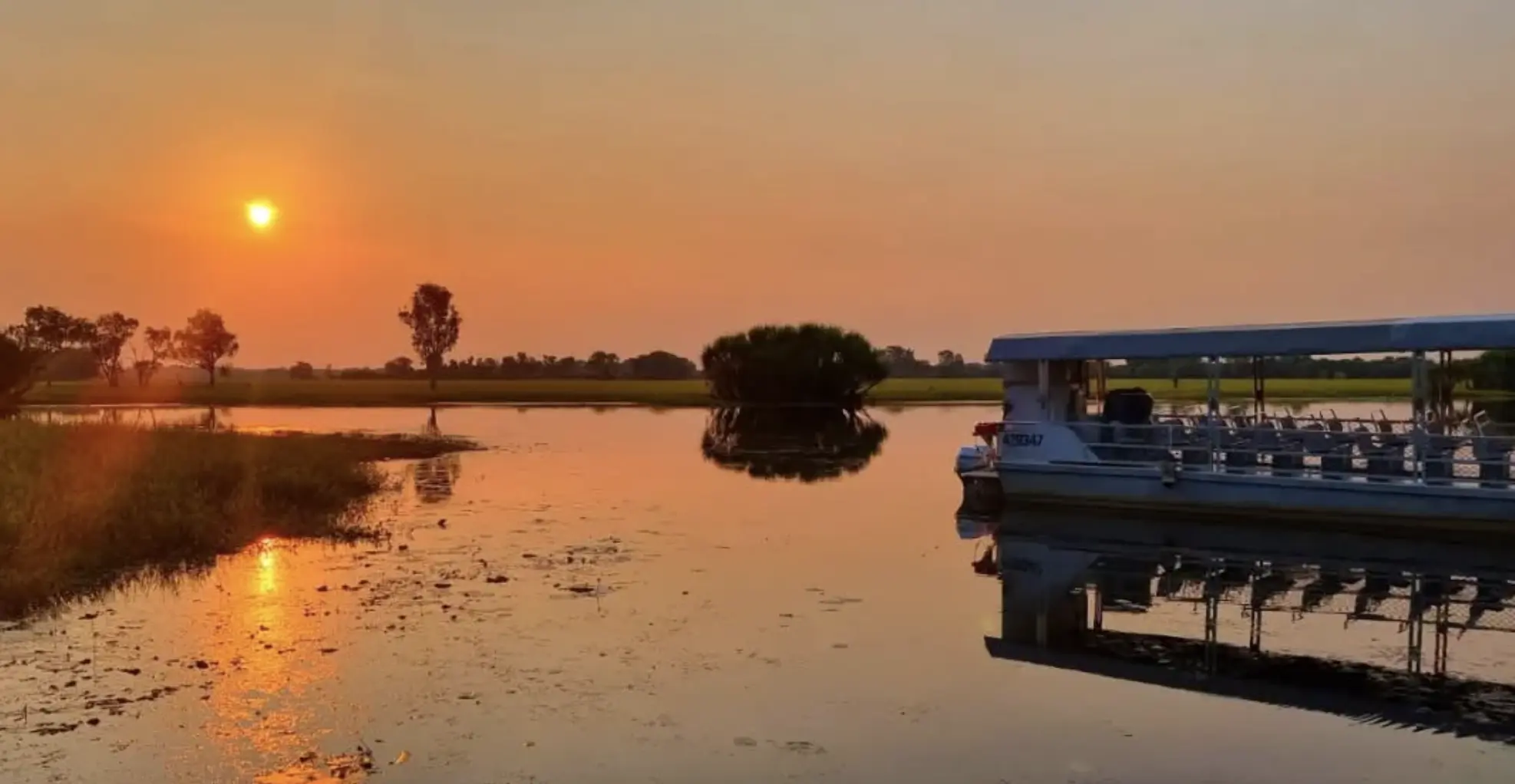
Threats to Endangered Species
Invasive Species
Feral animals like cats, pigs and cane toads are a big problem. They eat native mammals, compete for resources and destroy habitats. Invasive plants like gamba grass fuel hotter and more destructive fires, displace native plants and change ecosystems.
Habitat Loss
Human activities and current land use patterns are fragmenting habitats. Mining, agriculture, and urbanisation are reducing wildlife space, but inappropriate fire regimes can destroy habitats and prevent native plants from being regenerated.
Climate Change
Climate change – longer dry seasons, unpredictable rainfall and rising temperatures – is threatening the balance of Kakadu’s ecosystems. Changes in water availability during the wet season are affecting species that depend on wetlands and rivers.
Fire Mismanagement
Fire is natural in Kakadu, but inappropriate fire regimes can destroy habitats and prevent native plants from being regenerated.
Decline of Cultural Practices
For Aboriginal people and Indigenous communities Kakadu is a sacred place. Traditional fire management, hunting and land care practices align with the park’s natural rhythms. The decline of these practices has contributed to habitat degradation and loss of biodiversity.
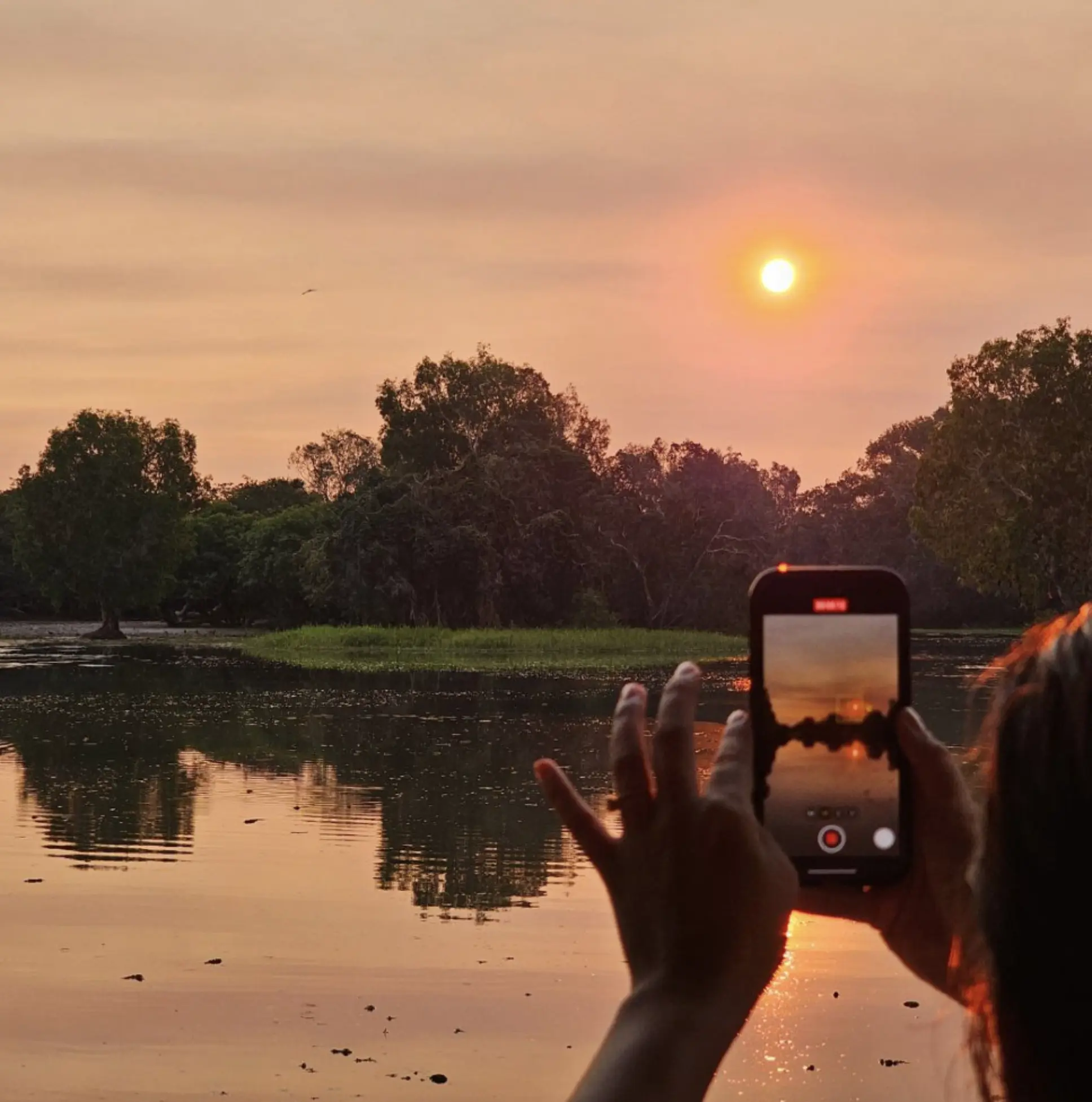
Conservation Strategies for Endangered Species
1. Fire Management
Controlled burns will stop the spread of invasive grasses and support native plants so grasslands are suitable for species like the Gouldian Finch.
2. Invasive Species Control
Programs to control feral animals like cats and pigs will reduce their impact on native species. Removing gamba grass will restore natural fire patterns.
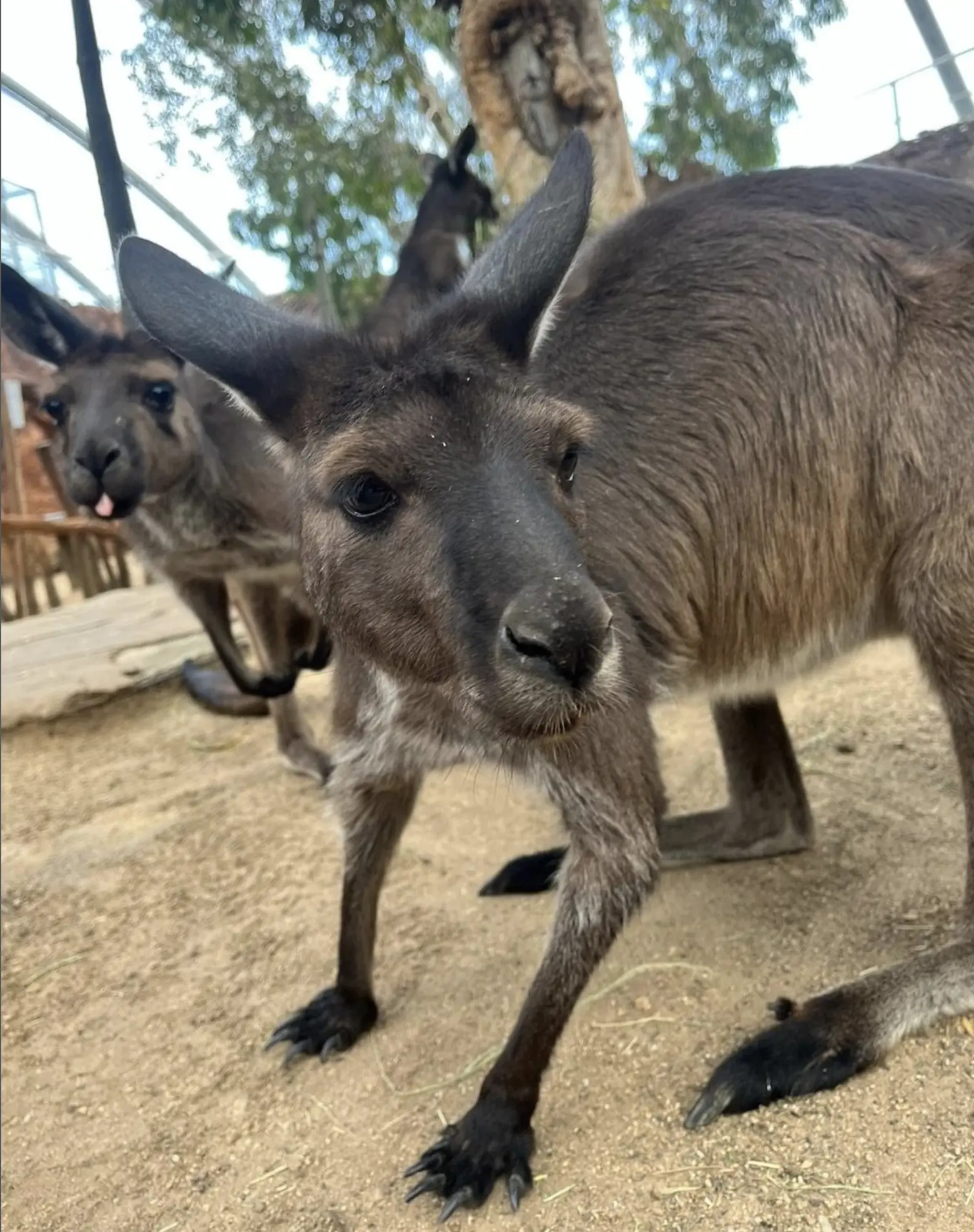
3. Habitat Restoration
Restoring wetlands, grasslands, and forest ecosystems will provide shelter and food for endangered species.
4. Indigenous Collaboration
Indigenous people are key to Kakadu’s conservation. By including traditional knowledge in the park’s management plan, strategies will be more sustainable and culturally appropriate.
5. Monitoring
Monitoring programs track conservation status, population trends and emerging threats. This information guides adaptive management.
When to visit Kakadu for wildlife
Kakadu’s wildlife is most active at certain times of the year:
- Wet season (November to April) the park is a lush green oasis and perfect for spotting frog species and migratory birds in their aquatic habitats.
- Dry season (May to October) is the best time to see mammals and reptiles like the freshwater crocodile as they congregate around water sources.
For a comprehensive and eco-friendly Trip To Kakadu consider booking with Autopia Tours, a leader in sustainable travel experiences.
Cultural Values
For Aboriginal people, Kakadu is more than a park; it’s a living cultural landscape. Cultural values are woven through the park’s natural values, from sacred sites to traditional ecological practices. These cultural connections not only preserve Kakadu’s heritage but also support conservation by combining old knowledge with new science.
Conclusion
Kakadu National Park is a safe haven for endangered species, a symbol of cultural importance and a living library of natural values. Its protection requires a balance of modern science and traditional knowledge so this treasure can be alive for future generations. You can help by visiting responsibly and supporting conservation.
FAQ
What endangered species can I see in Kakadu National Park?
Northern Quoll, Gouldian Finch, Arnhem Leaf-nosed Bat, Freshwater Sawfish, marine turtles.
What are the main threats to Kakadu’s biodiversity?
Invasive species, habitat loss, climate change, poor fire management.
How does Kakadu address conservation challenges?
Fire management, invasive species control, habitat restoration, Indigenous collaboration, research.
Why is Kakadu culturally significant?
It is a sacred site for Indigenous communities, reflecting their spiritual connection to the land and their custodianship for over 65,000 years.
When to see wildlife?
Wet season for aquatic and migratory birds, and dry season for mammals and reptiles.
